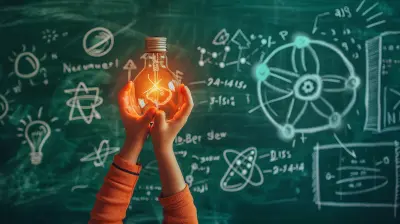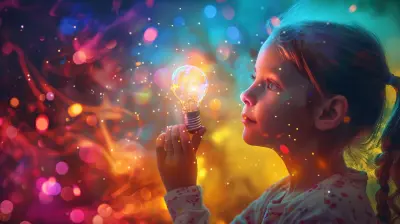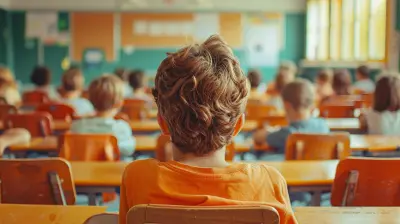The Future of Education Depends on Creative Thinkers
8 October 2025
Let’s be honest—education has changed more in the last decade than it did in the previous hundred years. With technology booming and the job market shifting like sand under our feet, one thing is clear: the future of education doesn’t just depend on better test scores or sharper math skills; it depends heavily on creative thinkers.
Yup, you read that right. Creativity is no longer the sidekick in education—it’s becoming the main character. So buckle in, grab your favorite cup of coffee (or tea!), and let’s talk about why creative thinkers are the cornerstone of the future of learning.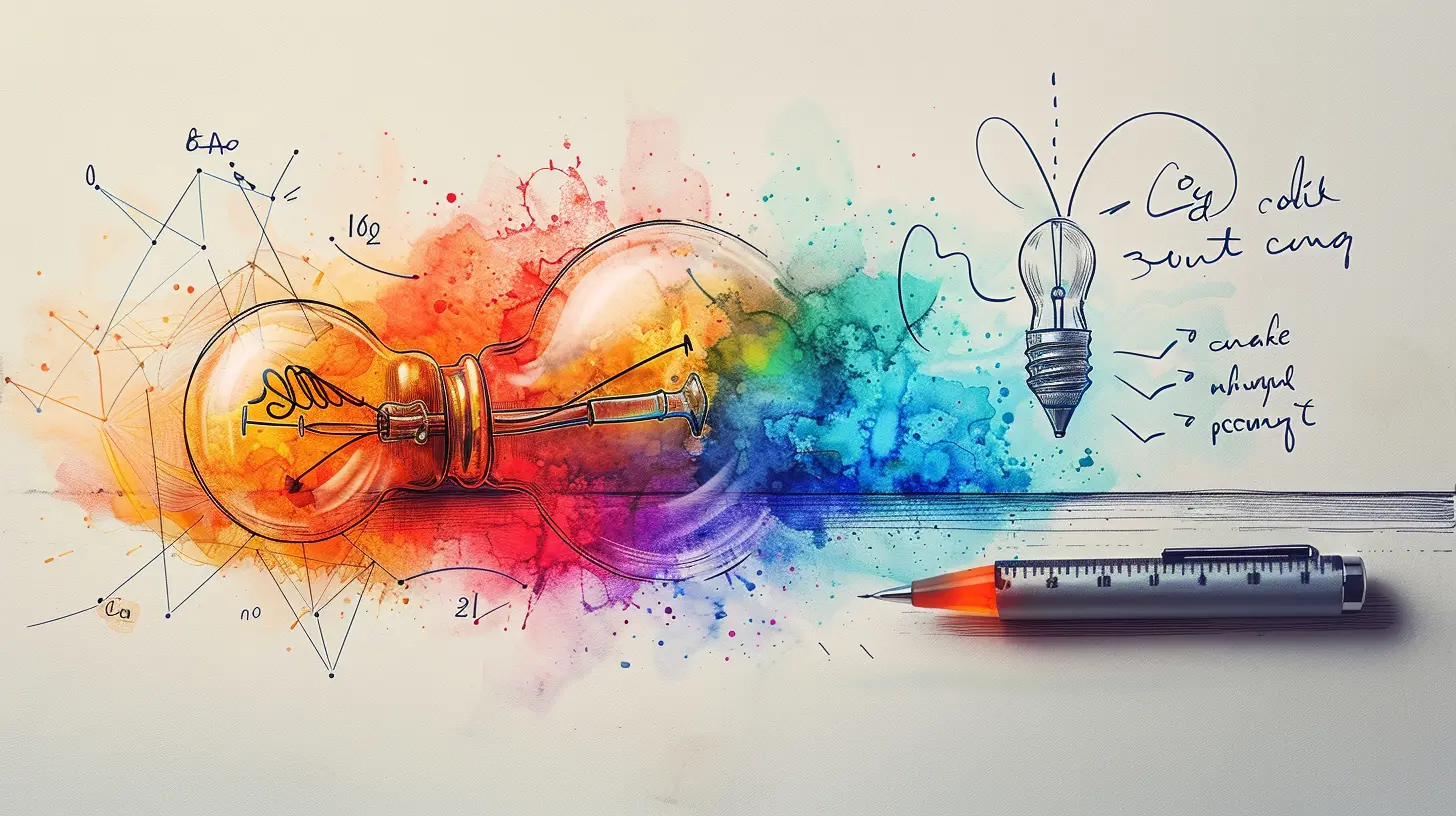
Why Creativity Matters More Than Ever
Think back to your school days. How often were you encouraged to think outside the box? Now compare that to the demands of today’s world. Employers are looking for innovators, problem-solvers, and out-of-the-box thinkers—not just people who can memorize facts.In a world full of AI, automation, and rapid change, creativity is the one thing machines can’t replicate. It’s the magic ingredient that separates humans from algorithms.
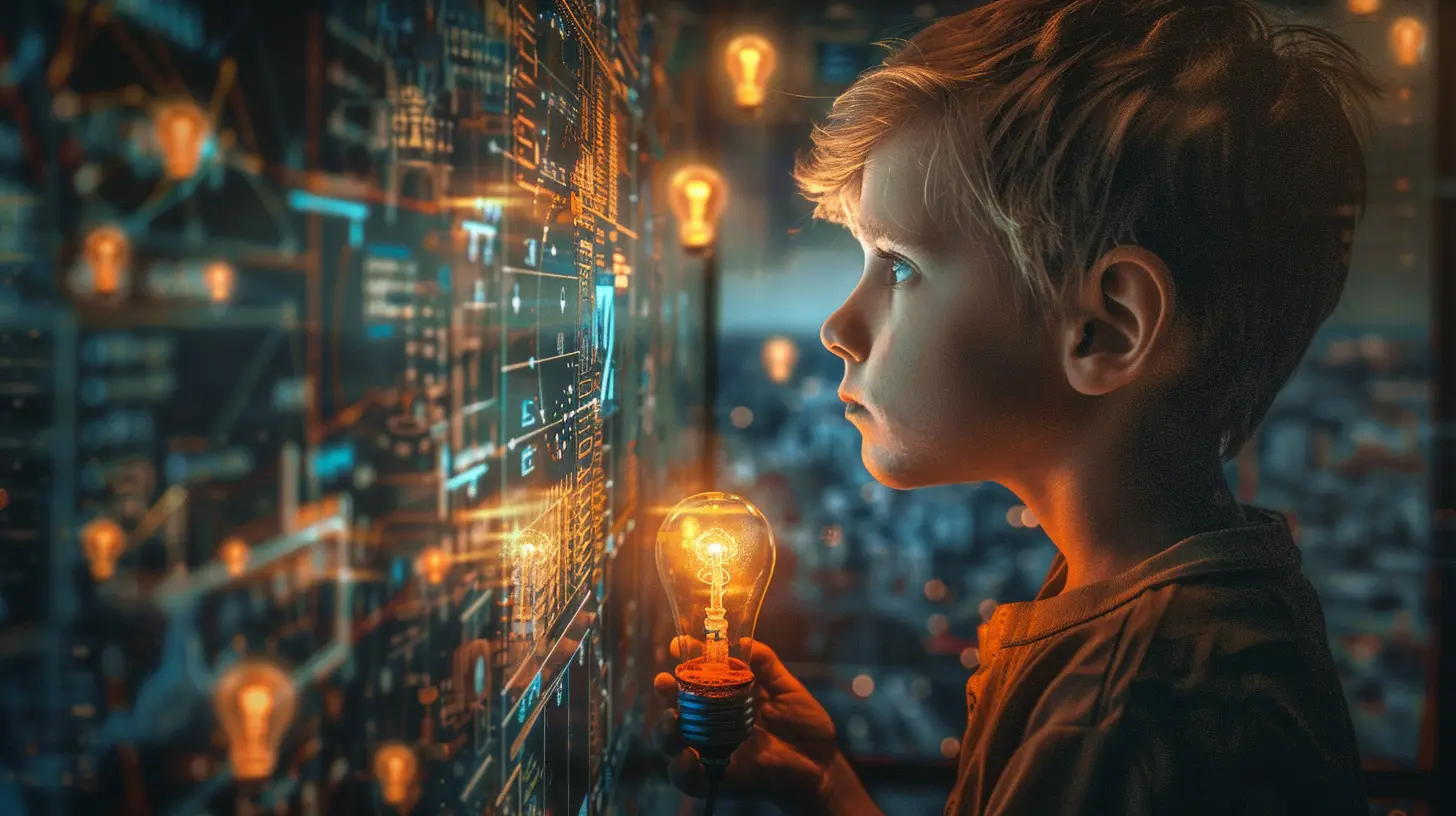
Are We Teaching Kids to Be Robots?
Let’s face it—traditional education has had a one-size-fits-all approach for way too long. Standardized tests, lecture-style classes, rigid curriculums... it’s like we’ve been trying to crank out factory workers instead of dreamers, creators, and future leaders.Ask yourself: are we preparing students to thrive in a world that values innovation, or are we programming them to follow instructions?
The Problem with the “Right Answer” Culture
We’ve trained students to aim for the “right answer” rather than asking better questions. Creativity isn’t about getting things perfect—it’s about being bold enough to chart new paths. And yet, our schools often reward conformity over curiosity.When kids are afraid to make mistakes, they stop taking risks. And without risk, creativity doesn’t stand a chance.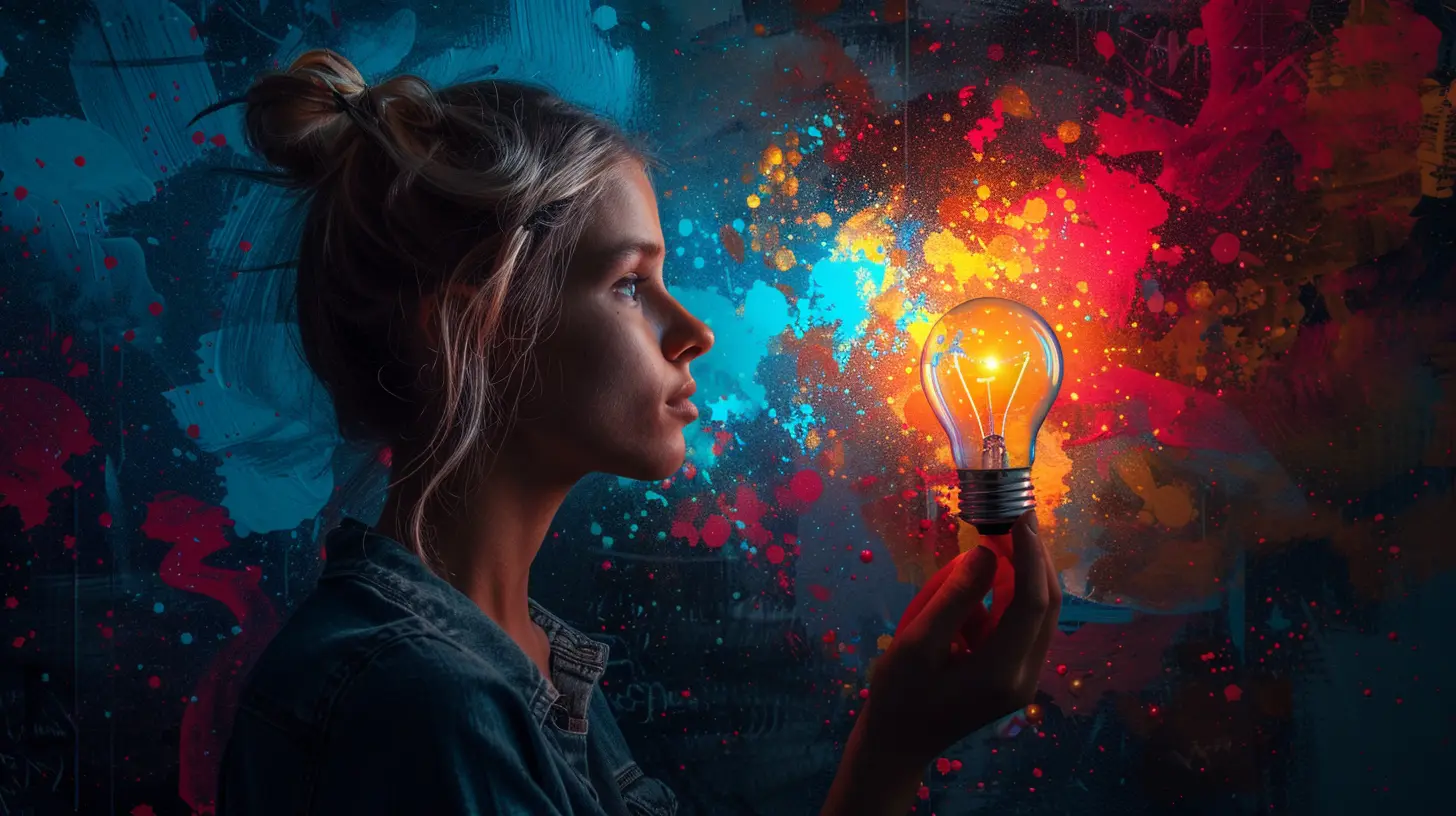
What Exactly Is a Creative Thinker?
Let’s break it down. A creative thinker isn’t just someone who paints or writes poetry (although that’s awesome too!). They’re people who:- Look at problems from different angles
- Imagine new possibilities
- Connect seemingly unrelated ideas
- Ask “what if” more than “why not”
- Aren’t afraid to fail—and try again
Think Elon Musk. Think Steve Jobs. Heck, even think your favorite YouTuber who turned a hobby into a career. What do they all have in common? Vision. Originality. The courage to go where no one else has gone.
That’s the kind of mindset we need in classrooms, boardrooms, and beyond.
The Role of Educators in Nurturing Creativity
Now, don’t get me wrong—educators are doing amazing work, often under immense pressure. But if we want to raise a generation of creative thinkers, we need to shift how we define success in the classroom.Let Teachers Teach, Not Just Test
Teachers should be facilitators of learning, not drill sergeants for standardized testing. Imagine a classroom that values experimentation over perfection. Where failing a project doesn’t mean failing a grade, but instead sparks a discussion: “What did we learn from that?”That’s when real growth happens.
Make Room for Play and Imagination
Remember when you were a kid and a cardboard box could become a rocket ship? That’s the type of imagination we’ve got to keep alive in school. Play is powerful—whether it’s building with blocks, writing stories, or designing video games. It teaches problem-solving, collaboration, and resilience.Creativity thrives when kids feel safe to explore.
How Technology Can Help (Instead of Hurt)
Here’s the twist: while tech can be blamed for killing attention spans, it can also be a total game-changer—if we use it right.Tools That Spark Innovation
Virtual reality, coding platforms, interactive storytelling apps… there’s a treasure trove of tools that let students build, create, and imagine. Technology should be a gateway to expression, not just consumption.Rather than having students passively scroll through slides, why not let them create their own digital art, develop apps, or even produce podcasts?
The Digital Playground
Think of the internet as a giant playground for the mind. With access to global mentors, online courses, and collaborative projects, kids today can learn and create in ways we never dreamed of. They just need the right guidance to make the most of it.Let’s teach them how to use tech as a paintbrush, not just a remote control.
Project-Based Learning: Creativity’s Best Friend
One of the best ways to foster creativity is through project-based learning (PBL). It’s all about hands-on, real-world learning.Rather than regurgitating information, students are challenged to solve problems, design solutions, and present their ideas. It’s messy, it’s unpredictable—and it’s exactly what the world needs.
From building robots to writing business plans, PBL makes students think critically and creatively.
The Emotional Side of Creativity
Here’s something we don’t often talk about: creativity is emotional. It takes courage to share your ideas, to go against the grain, to keep going when others doubt you.That’s why nurturing creative thinkers also means supporting their mental and emotional well-being.
Confidence is Key
Creative kids need confidence to express themselves—and that confidence comes from encouragement, not criticism. Let’s create learning spaces that praise effort as much as achievement, and curiosity as much as correctness.Mistakes Are Part of the Process
How many times have we been told that failure is bad? In reality, failure is a goldmine of learning. Thomas Edison didn't invent the lightbulb on his first try—and neither will students nail every creative project on their first go.Embrace the mess. That’s where creativity lives.
Parents, You’re Part of This Too
It’s not just on teachers and schools. Parents play a huge role in raising creative thinkers.Encourage Wonder at Home
Ask open-ended questions. Let your kids take things apart (and try to put them back together). Encourage storytelling, idea-sharing, and daydreaming. Yes, even if it’s messy.Limit Screen Time the Smart Way
It’s not about banning screens—it’s about guiding kids toward creative content. Let them watch DIY videos, learn how to animate, or build things in Minecraft. Creativity isn’t about ditching tech—it’s about using it with intention.What the Future Could Look Like
So, what happens when we fully embrace creativity in education? We build a generation of thinkers who can tackle the world’s biggest problems. Climate change? Pandemic response? Economic shifts? We’ll need teams of bold, adaptive, and resilient problem-solvers.These kids won't just follow old rules—they’ll write new ones.
Schools as Innovation Labs
Imagine classrooms that look more like studios or startup labs. Flexible spaces, collaborative projects, and personalized learning paths. That’s where we’re headed if we do this right.Lifelong Learning Becomes the Norm
In a creative mindset, learning doesn’t stop at graduation. It becomes a lifelong adventure. People retrain, reinvent, and reimagine careers. And they love it.Final Thoughts: Creativity Isn’t Optional—It’s Essential
Here’s the thing: creativity isn’t some luxury for artists and dreamers. It’s the lifeblood of progress. It’s how we make sense of the world, solve problems, and connect with each other.If we want future generations to thrive—not just survive—we need to stop treating creativity like an elective and start treating it like the foundation of everything we do.
So whether you’re a student, teacher, parent, or lifelong learner, remember this: the future of education depends on creative thinkers—and that future starts with us.
all images in this post were generated using AI tools
Category:
Creativity In EducationAuthor:

Eva Barker
Discussion
rate this article
1 comments
Lacey Flores
Embracing creativity in education fosters innovative problem-solving and adaptability, essential skills for navigating an increasingly complex world. Let's nurture future thinkers today!
October 22, 2025 at 2:33 AM

Eva Barker
Thank you for your insightful comment! I completely agree—fostering creativity in education is vital for developing the innovative thinkers our future needs.
